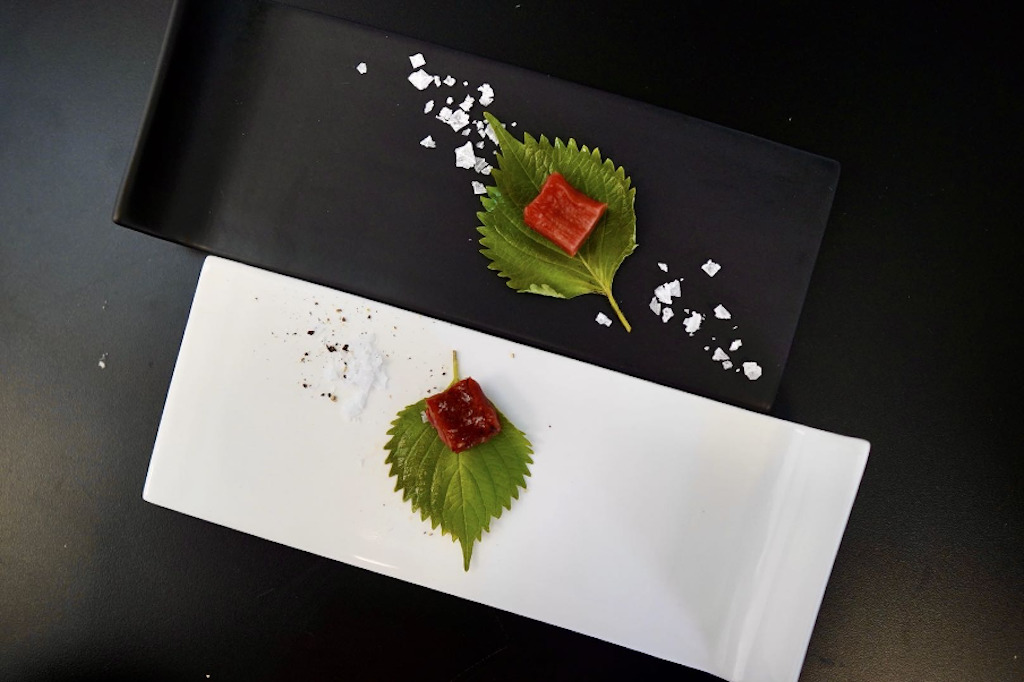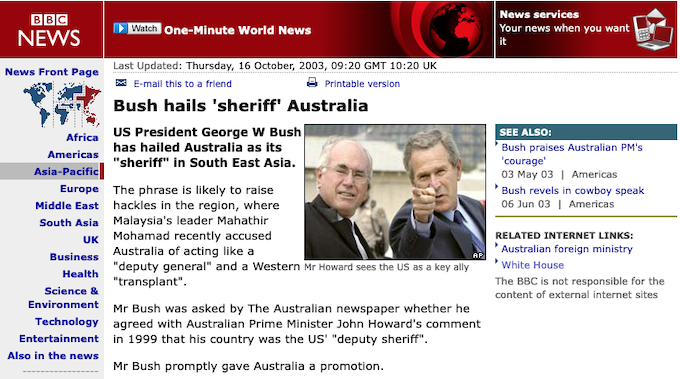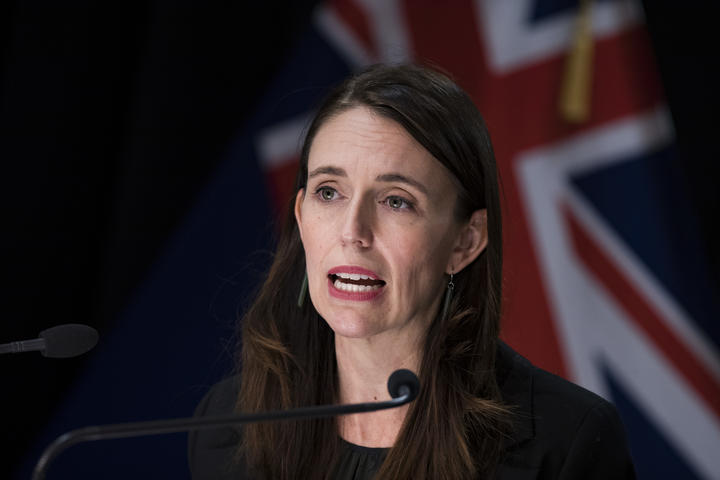This was my presentation at a Chongyang Institute’s organized international webinar on 6 May 2022 on the topic of “Seeking Peace and Promoting Development”. The Chongyang Institute for Financial Studies is a think tank attached to the Renmin University of Beijing.
*****
In today’s world of regional conflicts, technological upgrading, epidemic stalemate and system reform, Peace is Priority Number One for an international sustainable and equitable socioeconomic development.
The present most infamous conflict is the Ukraine – Russia war, China could play an important role as moderator as proposed on several occasions by President Xi Jinping. It might belong to the United Nations peace-promoting role, to override western and NATO interests, by initiating President Xi’s mediating proposal for peace negotiations.
The call for Peace goes also and especially to the NATO countries which continue delivering billions of dollars-worth of sophisticated weaponry to Ukraine to help them fight Russia, but the world, including such international bodies like the UN, is quiet, tolerating this direct interference, or worse, they encourage it. This definitely does not make for Peace, but puts the world at risk of a WWIII scenario.
Second – Trade has, since ancient times, been a means of preserving Peace. The original Silk Road 2100 years ago is currently still a vivid example. Today, China’s Belt and Road Initiative – a modern times Silk Road – might again be an instrument to foster and sustain equitable development, while preserving peace. What is crucial in this process is the respect of individual countries’ sovereignty.
Third – A just monetary system, sovereign local currencies, backed by national economies. Dominance by fiat money must be a thing of the past. Justice in fair international monetary policies outside the current western dominated fiat system is a MUST.
If Peace and development are to be sustainable, western “sanctioning” of countries that do not follow western political and economic narratives, are no longer to be possible. Nor the stealing of foreign exchange reserves from countries which, by their sovereign right, choose their own political and economic internal and external policies.
This means abandoning the current privately-run monopoly-type SWIFT monetary transfer methods in exchange for an internationally honored scheme – where countries deal and exchange directly with each other, for example, through foreign exchange swaps.
We may indeed need a new “Bretton Woods Moment” promoting a JUST system of weighted equality among countries with sovereign currencies backed by nations’ respective economies.
A post-US-dollar system may be market-based, with sovereign local currencies tied to a number of measurable, tangible commodities such as gold and other precious metals, grain, hydrocarbons, as well as various internationally used goods. Factors of economic efficiency and scientific innovation may also become part of a currency backing formula.
This may indeed require a state or public-owned banking system. State-run banking systems are almost exponentially more efficient than private banking. It would keep money creation in the hands of governments, as opposed to private banks, the current western standard. Government control over money creation would also limit debt creation. It would substantially increase monetary efficiency. China is a vivid example.
According to Sergei Glazyev, Minister for Integration and Macroeconomics of the Eurasia Economic Commission, the world’s future monetary system will be “underpinned by a digital currency, backed by a basket of (new) foreign currencies and natural resources. It will liberate the Global South from both western debt and IMF-induced austerity.”
A debt-free economy is an Economy of Peace.
The transition from a western economic order toward a multipolar one is crucial for attaining and preserving World Peace. As mentioned before, it must be an economic order that does not allow “sanctions” and stealing of foreign exchange reserves. Interfering by economic coercion in a sovereign country’s internal affairs and decision making, is against international law, against basic human rights, and ought not to be possible in a new monetary system.
We may also need a new “United Nations Moment”. As it stands, over the past two to three decades, the UN has been highjacked by powerful western interests.
In a “new” UN, the noble role of preserving World Peace must be re-introduced. It may also require a restructured and more balanced Security Council.
A strong UN for an international body is crucial to remain neutral and balanced in its role to remain a fair arbiter.
As to Global Governance, there may be different interpretations of the meaning of Global Governance. If I have learned anything in my decades of international development work – mainly with the World Bank – it is that people in every country around the globe wish to preserve national autonomy, with cultural, judiciary and monetary sovereignty. Accent on sovereignty is key. They do definitely not want to be governed by an external force, a Global Government, or a western style One World Government.
These socioeconomic observations rule out a western Reset-type “Global Governance”. It is essential that country leaders, as well as international organizations, the UN system, the IMF, World Bank, World Trade Organization (WTO) – and not least, the World Health Organization (WHO) – listen to the people, and respect their views and wishes if we eventually want a World of Peace, a world of sustainable and equitable development.
My interpretation of “globalization” – Chinese style – is connecting people through trade, joint projects, exchange of ideas, of cultural events and education – as in learning from each other. It is “globalization”, with the Belt and Road approach, by connecting in Peace – striving for new ideas to socioeconomic development, creating dynamics, where nations’ sovereignty remains an essential element, thereby clearly promoting the building of a Community with a Shared Future for Mankind, in an effort to open up a bright and beautiful future for the world.
The post China: Seeking Peace and Promoting Development first appeared on Dissident Voice.This post was originally published on Dissident Voice.









